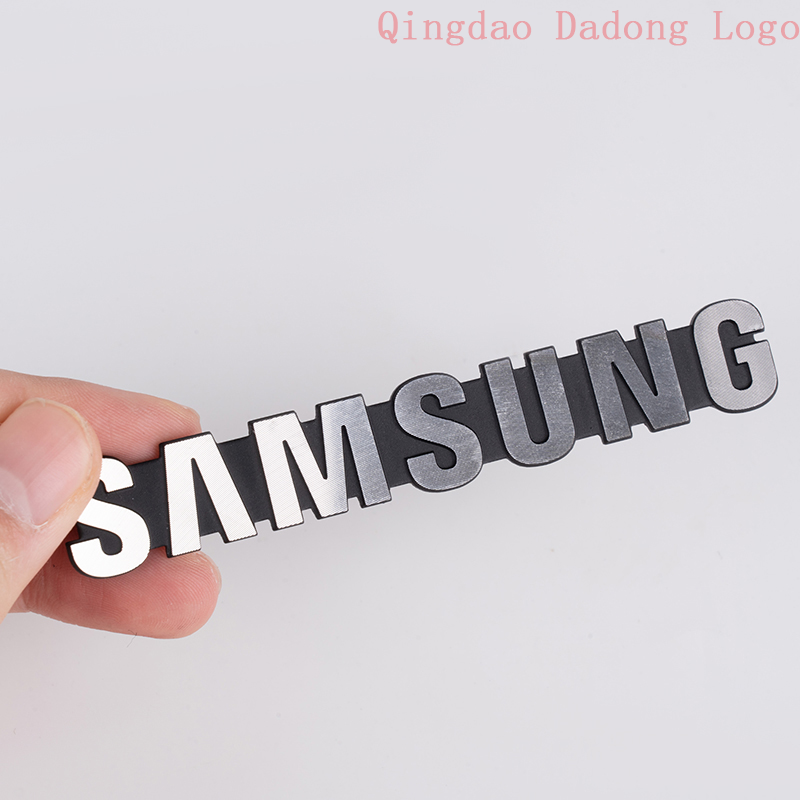NEWS
Line design and composition principles in the production of stainless steel metal signs
Writer:admin Time:2023-12-25 10:06 Browse:℃
Stainless steel metal signage is a widely used identification item in modern society. It not only has the characteristics of corrosion resistance, durability, etc., but also can display the brand image and cultural connotation of the enterprise. In the process of signage production, the design of line shapes and composition principles are crucial links, which directly affect the visual effect and functionality of the signage. This article will provide a detailed introduction from three aspects: the expression form of lines, the principles of design and composition, to help readers understand the importance and application methods of line design and composition principles in the production of stainless steel metal signs.
1、 The expression form of lines
Line is one of the most basic elements in sign design, and the use of lines can convey different information and emotions. In the production of stainless steel metal signs, the forms of line expression mainly include the following:
1. Straight line: Straight line is the simplest and most common form of line, conveying a stable and solid feeling. In sign design, straight lines are often used to divide space, connect graphics and text, etc.
2. Curve: The curve can give the sign a soft and flowing feeling. It can make signs more diverse and artistic, and is commonly used to decorate borders and logo parts.
3. Diagonal lines: Diagonal lines can convey dynamism and vitality, giving people a tilted visual effect. In sign design, the appropriate use of diagonal lines can make the entire sign more attractive and three-dimensional.
4. Dashed lines: Dashed lines are composed of several short lines, commonly
used to emphasize and highlight the main content, playing a prominent role. In
the production of stainless steel metal signs, dashed lines are usually used to
draw auxiliary graphics or delineate boundaries.

2、 Principles of Styling Design
In the production of stainless steel metal signs, reasonable design can make the signs more recognizable and artistic. The following are several commonly used styling design principles:
1. Simplicity principle: In sign design, simple shapes are often more easily accepted and understood by people. Therefore, in the production of stainless steel metal signs, the principle of simplicity should be followed, and excess lines and decorations should be removed as much as possible to make the signs clearer and more clear.
2. Principle of Highlighting Key Points: By cleverly using changes in lines and shapes, highlight the key content of the sign, so that people can quickly capture important information when browsing quickly. For example, different thickness lines can be used to outline theme graphics or text, achieving a prominent effect.
3. Comparison principle: By comparing different forms, sizes, colors, and line thicknesses, match and contrast to increase the layering and visual impact of the sign. At the same time, comparison can also emphasize the key content, increasing the overall beauty and artistry.
4. Principle of rhythm: In sign design, a reasonable line rhythm can increase visual comfort and rhythm, making the entire sign composition more harmonious. Different rhythms can be created through interlocking, repeating, or gradient lines.
3、 Composition principles
Composition refers to the organic combination of various elements to form a cohesive artistic structure. The composition of stainless steel metal signs needs to consider the following principles:
1. Balance principle: The elements in the composition should be evenly distributed to avoid being too concentrated or off center. Balance can be divided into symmetrical balance and asymmetrical balance, and the appropriate balance method should be selected based on the content and style of the sign.
2. Key layout principle: Place the main content of the sign in the visual center position, so that people can quickly be attracted to the main information when they see the sign. At the same time, it can assist in using elements such as lines and shapes to guide the line of sight and highlight key content.
3. Golden Ratio Principle: Using the golden ratio, divide the entire sign into reasonable proportion combinations to make the composition more harmonious and beautiful. The golden ratio has long been considered one of the most aesthetically significant proportional relationships.
4. Visual guidance principle: Through the guidance of lines, people's vision is guided to the key parts of the sign, improving the overall information transmission effect. Bending, interlocking, or variations in the thickness of lines can be used to achieve a guiding effect.
CATEGORIES
LATEST NEWS
CONTACT US
WhatsApp: +8615806503075
Tel: +8615806503075
Email: percy@dadonglogo.com
Addr: 7 Tonghe Road, Pingdu, Qingdao
